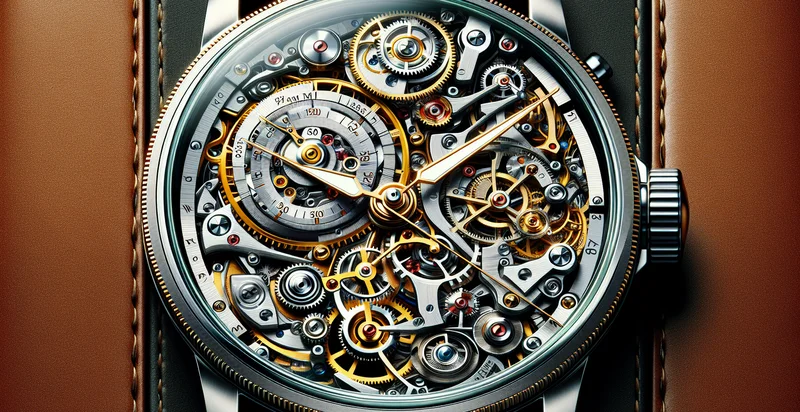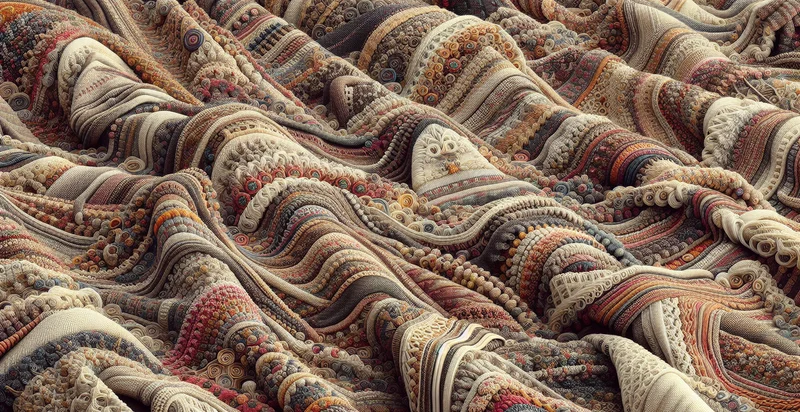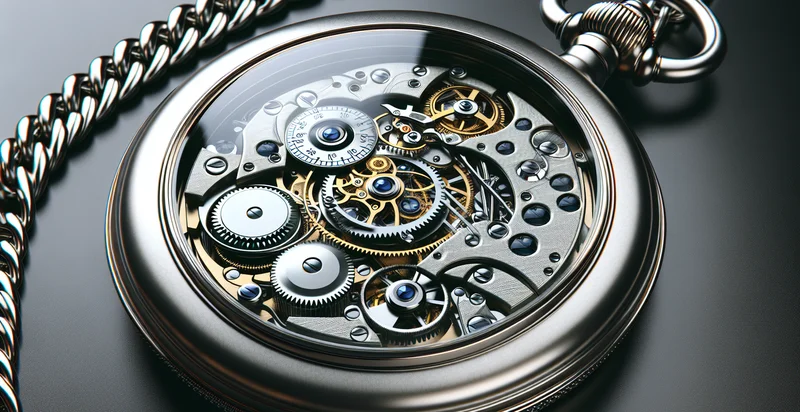Identify what material a watch is made from
using AI
Below is a free classifier to identify what material a watch is made from. Just upload your image, and our AI will predict what material a watch is made from - in just seconds.

Contact us for API access
Or, use Nyckel to build highly-accurate custom classifiers in just minutes. No PhD required.
Get started
import nyckel
credentials = nyckel.Credentials("YOUR_CLIENT_ID", "YOUR_CLIENT_SECRET")
nyckel.invoke("what-material-a-watch-is-made-from", "your_image_url", credentials)
fetch('https://www.nyckel.com/v1/functions/what-material-a-watch-is-made-from/invoke', {
method: 'POST',
headers: {
'Authorization': 'Bearer ' + 'YOUR_BEARER_TOKEN',
'Content-Type': 'application/json',
},
body: JSON.stringify(
{"data": "your_image_url"}
)
})
.then(response => response.json())
.then(data => console.log(data));
curl -X POST \
-H "Content-Type: application/json" \
-H "Authorization: Bearer YOUR_BEARER_TOKEN" \
-d '{"data": "your_image_url"}' \
https://www.nyckel.com/v1/functions/what-material-a-watch-is-made-from/invoke
How this classifier works
To start, upload your image. Our AI tool will then predict what material a watch is made from.
This pretrained image model uses a Nyckel-created dataset and has 31 labels, including Acrylic, Aluminum, Bronze, Canvas, Carbon Fiber, Ceramic, Copper, Enamel, Fiberglass and Gold.
We'll also show a confidence score (the higher the number, the more confident the AI model is around what material a watch is made from).
Whether you're just curious or building what material a watch is made from detection into your application, we hope our classifier proves helpful.
Related Classifiers
Need to identify what material a watch is made from at scale?
Get API or Zapier access to this classifier for free. It's perfect for:
- Material Verification for Luxury Brands: High-end watch manufacturers can use the function to ensure that their products are made from genuine materials like stainless steel, gold, or platinum. This helps in maintaining brand integrity and prevents counterfeiting by validating the material used in their luxury timepieces.
- Recycling and Material Recovery: Companies in the watch manufacturing industry can implement this function to identify recyclable components in watches that are being disposed of. By accurately classifying materials, they can enhance sustainability efforts and streamline the processes for recovering valuable metals and materials.
- Insurance Evaluation: Insurance companies can leverage this tool to evaluate the material of watches submitted for coverage or claims. By confirming the authenticity and material value of the items, insurers can prevent fraud and offer accurate policy evaluations.
- Retail Inventory Management: Retailers can employ this function to classify watches in their inventory according to the materials used. This data can assist in marketing strategies, pricing, and inventory organization based on consumer preferences for certain materials.
- Consumer Education and Marketing: Brands can utilize the image classification function to create educational content about the different materials used in their watches. By informing consumers about the benefits and characteristics of various materials, they can enhance marketing campaigns and improve customer engagement.
- Counterfeit Detection for Consumers: This tool can be developed into an application that allows consumers to verify the material of their watches through image uploads, helping them identify potential counterfeits. With accurate material classification, consumers can make more informed purchasing decisions.
- Quality Control in Manufacturing: Watch manufacturers can incorporate this function in their quality control processes to ensure that all components meet specified material standards before assembly. This can result in fewer defects and higher quality products delivered to the market.


